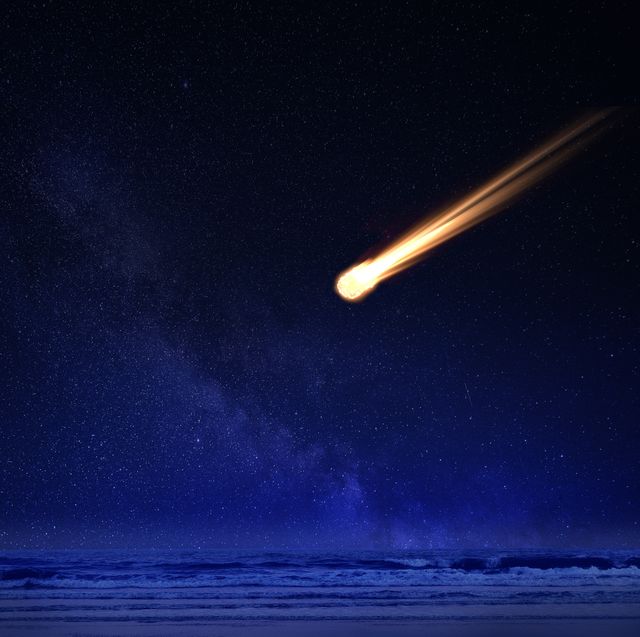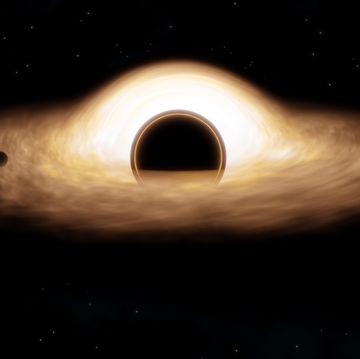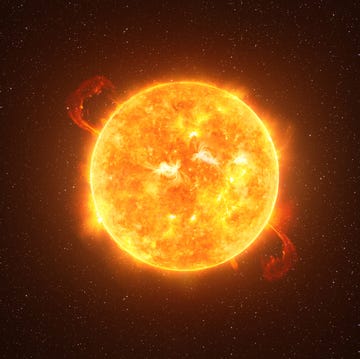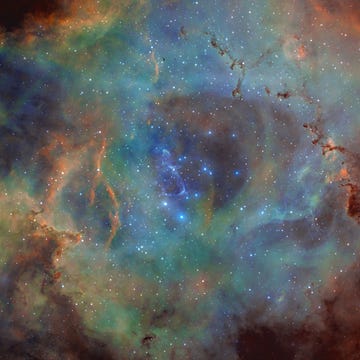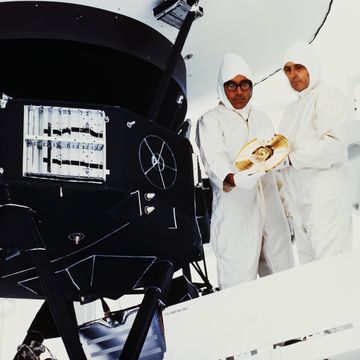- On January 8, 2014, the meteorite CNEOS 20140108 struck near the northeast coast of Papua New Guinea.
- Confirmed to be the first known interstellar meteorite to strike Earth, the rock became the center of a controversial theory that it was actually alien tech.
- A new study by John Hopkins University determines that a key piece of evidence for locating the meteorite was actually just a truck driving by a seismometer.
The case for aliens in our galaxy is a strong one. Among the 100 billions of stars that make up our Milky Way, it’s statistically unlikely that Homo sapiens are the only ones who’ve figured out the whole civilization thing.
Because learning that intelligent life exists on other planets would be the most profound discovery in human history, astronomers, astrobiologists, organizations, space agencies, and even governments have rightly invested some serious time and money into answering the existential question of whether or not we’re alone out there. But sometimes, the quest for that world-changing knowledge can get a bit overzealous.
Exhibit A: a meteorite known by the designation CNEOS 20140108. This chunk of rock crashed into Earth on January 8, 2014 near the northeast coast of Papua New Guinea just north of Manus Island. It’s been at the center of a claim that the rock actually contained material “manufactured by a technological civilization” (a.k.a. aliens). But scientists from John Hopkins University now claim that one of the key pieces of evidence—ground vibrations recorded by a seismometer on Manus Island—isn’t linked to the meteorite at all. Instead, the sound is of something particularly terrestrial: a passing truck.
“The signal changed directions over time, exactly matching a road that runs past the seismometer,’ Johns Hopkins planetary seismologist Benjamin Fernando said in a press statement. Fernando’s team will present its findings at the Lunar and Planetary Science Conference in Houston on March 12. “It’s really difficult to take a signal and confirm it is not from something. But what we can do is show that there are lots of signals like this, and show they have all the characteristics we’d expect from a truck and none of the characteristics we’d expect from a meteor.”
CNEOS 20140108 is a particularly interesting rock. In 2022, the U.S. Department of Defense confirmed its interstellar origins, making it the first interstellar meteorite known to have struck Earth (though it’s likely that one strikes the planet every 10 years—we just don’t know it). Prior to the DoD’s interstellar confirmation, the rock had already caught the eye of Harvard astrophysicist Avi Loeb, known for his controversial theories surrounding extraterrestrial evidence, who identified the fireball as an outlier and named the rock “Interstellar Meteor 01.”
After the DoD’s report, Loeb announced his intentions to scoop up samples of the rock in a post on Medium in 2022, and followed through with the idea the following year. In the summer of 2023, Loeb triumphantly announced that they’d found “metal spherules” that confirmed his extraterrestrial suspicions. Many astrophysicists swiftly denounced the claims, with one telling The New York Times that “people are sick of hearing about Avi Loeb’s wild claims…it’s polluting good science.” Months later, a separate study dismissed these spherules as “anthropogenic coal ash.”
Now, scientists from John Hopkins are effectively putting the proverbial nail in this extraterrestrial coffin. Because the search for this meteorite was based on erroneous sound wave data, Loeb and his crew searched in the wrong location for the meteorite in the first place.
“The fireball location was actually very far away from where the oceanographic expedition went to retrieve these meteor fragments," he said. "Not only did they use the wrong signal, they were looking in the wrong place.”
Fernando instead pulled data from stations in Australia and the archipelago nation of Palau, which were originally used for nuclear testing, to identify a more likely location of CNEOS 20140108.
While this extraterrestrial trail has gone cold, the truth could still be out there.
Darren lives in Portland, has a cat, and writes/edits about sci-fi and how our world works. You can find his previous stuff at Gizmodo and Paste if you look hard enough.
